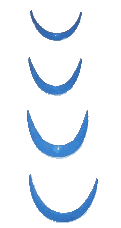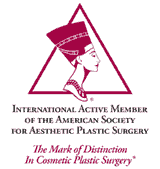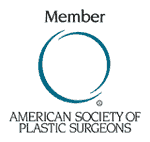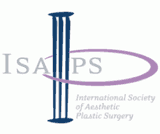Facial implants (4-D facial plastic surgery)
|
|
Hollywood stars and models facial reshaping
A beautiful face is defined by its facial features, proportions, and overall balance. Whether consciously or subconsciously, we all have an innate sense of such proportions in both our own faces and those of others. When these features are in harmony and well-balanced, they captivate our gaze. However, when this balance is disrupted, it can leave us feeling somewhat unsettled. This is where the expertise of 3D analysis and 3D facial surgery comes into play.
Commonly, beauty is delineated by well-defined and proportionate facial features, and highly-skilled plastic surgeons can use facial implants to create a harmonious and natural-looking appearance.


Modern individuals are well-informed about areas of the face that may need enhancement or reduction.
This can involve addressing issues like an underdeveloped chin, flat cheekbones, a round face, or an ill-defined lower jawline. Together, these factors, along with the nose, contribute to the overall beauty of the face.
First and foremost is crucial to carefully examine the nose, chin, cheekbones, and lower jaw's angle as they all play a role in enhancing facial attractiveness.
Watch the video interview with a renowned actor discussing the implant procedures on the mandibular angles and chin (jawline surgery) performed by Dr. N. Kapositas.
Facial Implant Materials
Concerns about the safety of facial implants have led to skepticism among many individuals. However, it's important to note that these implants are typically constructed from solid silicone. This material has a well-established track record, having been employed for over six decades across various medical disciplines, including cardiology (pacemakers), neurosurgery, ophthalmology, and orthopedics.
Facial implants serve the purpose of enhancing soft tissue for both cosmetic and restorative purposes.
Enhanceable Facial Features
Facial enhancements are commonly sought to improve the appearance of specific areas, including:
- Cheekbones
- Chin
- Lower jaw angles
Selecting the Right Implant Size
During your consultation, you'll have the opportunity to experiment with
various sizers (trial inserts). This allows us to capture photographs and
perform computer-based analyses to determine the most suitable implant size
for your unique case. Trial inserts provide both us and the patients with
the opportunity to visualize and jointly decide on the most applicable size.
Our simulation program is a valuable tool, especially when combined with
sizers, as it aids in surgical preparation at our office.
Below you can see various sizes of trial inserts:

1. Cheekbones Sizers
small (R-L), medium (R-L), large (R-L), extra large (R-L)

2. Mandibular Angle Sizers
small (R-L), medium (R-L), large (R-L)

3 Jawline Sizers
small, medium, large, extra-large
Cypriot channel Sigma TV's Protoselido show invited Dr. Nondas Kapositas to participate in a discussion about facial aesthetics and jawline procedures.
The Technique
The approach to inserting implants remains consistent for all types. The plastic surgeon creates a small incision in close proximity to the implant's intended location. The procedure is performed intraorally, i.e. through the mouth, with the incision in the mucosa strategically placed to align with the intended location of the specific implant. This technique facilitates the creation of a pocket to accommodate the implant.
The entire procedure typically lasts 1-2 hours, depending on the surgical plan, and there is no need for an overnight stay in the clinic. Any sutures inside the mouth are naturally absorbed.
* We can combine implant placement with procedures such as , eyelid surgery, facelift, rhinoplasty or eyelid surgery.
Buccal Fat Removal
This is an additional procedure performed as part of the advanced 4D facial plastic surgery (commonly sought by Hollywood stars and models).
It involves creating an incision on the cheek and serves to enhance the outcomes of implant placement in the lower jaw corners, chin, or cheekbones.
Read more...
Buccal Fat Removal
After the Surgery
You can typically resume work and other activities within a week. Bruising usually subsides in 1-2 days.
It's advisable to avoid direct trauma to the implant area for 4-6 weeks.
Facial plants. Photos


















